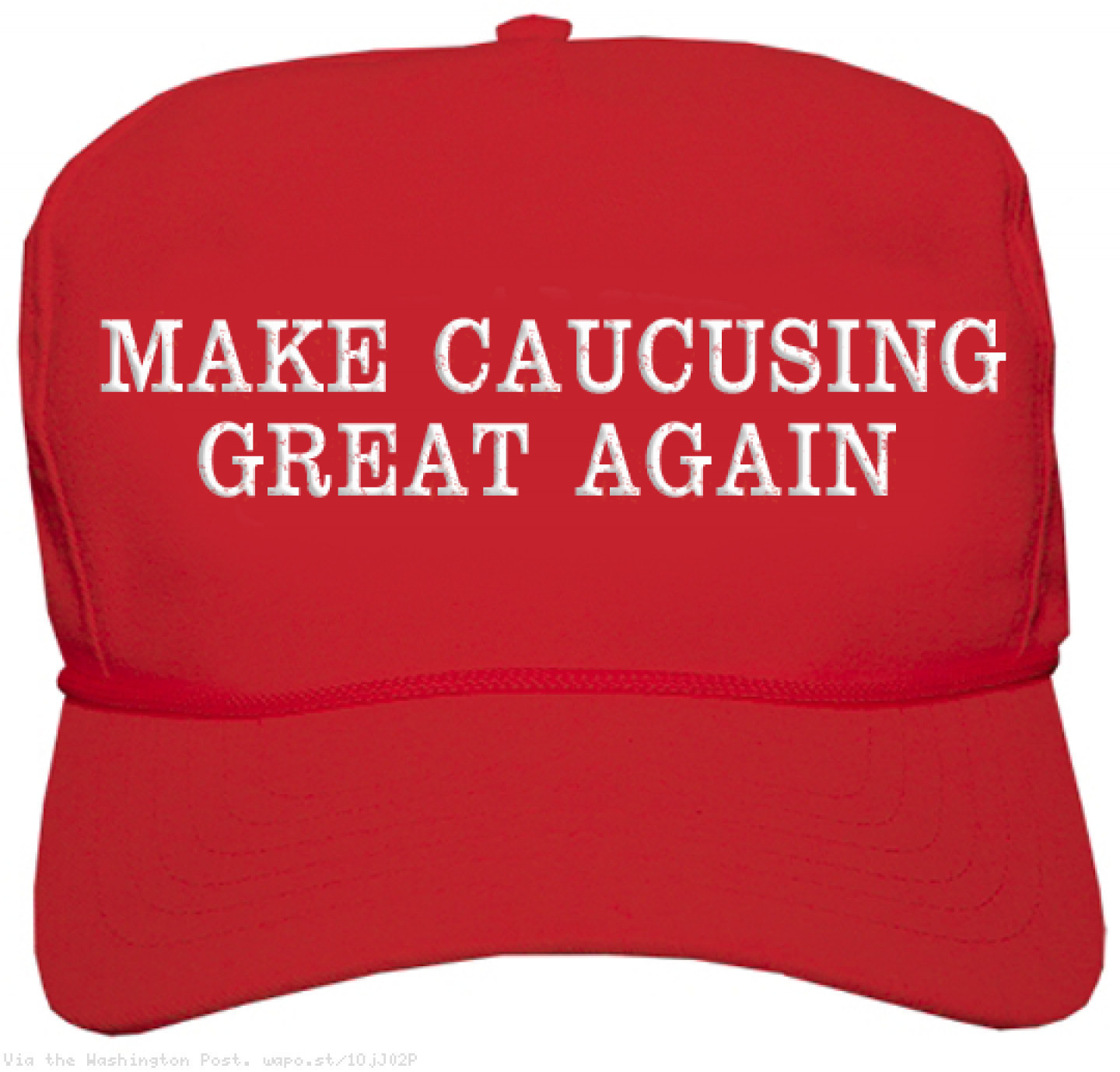At the beginning of this year, the Cosmopolitan opened a new “social club” called Rose.Rabbit.Lie. The venue was “a grand social experiment” that offered dinner, drinks, entertainment and a stand-alone show called Vegas Nocturne. Vegas Nocturne was produced by the same company as the hugely-popular Absinthe at Caesar’s. However, the show closed unexpectedly on July 13, 2014 after the Cosmopolitan sent the show’s producers, Spiegelworld, a notice of termination ending the contract between the two companies. Spiegelworld then filed suit on August 6, 2014 against the parent company of the Cosmopolitan in Clark County District Court.
Spiegelworld's allegations
Spiegelworld alleges that the Cosmopolitan started the relationship in bad faith and failed to properly market both the social club and the show. Consequently, the show had lackluster ticket sales even on opening night. In addition, Spiegelworld was required to partner with a third-party food and beverage operator. According to the complaint, the staff for the food and beverage operator engaged in inappropriate and illegal behavior including stealing alcohol from the venue, sexual harassment, public intoxication and substance abuse. Further, Spiegelworld alleges that the Cosmopolitan has failed to pay the severance agreements in excess of $500,000 for the performers contemplated in the agreement. In addition, Spiegelworld claims that the Cosmopolitan has illegally retained the show’s property including costumes, props and sets to use at Rose.Rabbit.Lie. Moreover, the Cosmopolitan has contractually restricted Spiegelworld from opening Vegas Nocturne at another venue or to use any of the entertainers for one year after the show’s closing.
Cosmo's countersuit
At the time of the lawsuit, the Cosmopolitan stated that it would vigorously defend Spiegelworld’s allegations. On August 28, 2014 the Cosmopolitan filed its answer and counterclaim against Spiegelworld. In it, Cosmopolitan lays the blame for the show closing with Spiegelworld. The Cosmopolitan states that the original concept for Rose.Rabbit.Lie was an integrated social club where all elements of the venue would work together and vary from night to night so that patrons would have different experiences each time they visited. In order to achieve this vision, the Cosmopolitan entered into a contract with Spiegelworld. However, Spiegelworld’s principal, Ross Mollison, saw the contract as an opportunity to create his own “O moment” whereby he would create an award winning show along the lines of Cirque’s “O”. Consequently, he used the Cosmopolitan’s $3 million pre-production budget to create a stand-alone show named Vegas Nocturne and spent lavishly on talent, costumes and props. According to the Cosmopolitan, Mollison refused to participate in marketing the venue, partially in an attempt to keep the stand-alone portion a secret from the Cosmopolitan. This is because the Cosmopolitan specifically did not want a show that was the same every night. In addition, the Cosmopolitan states that Spiegelworld negotiated heavily for complete management of the venue. Consequently, Spiegelworld was responsible for the financial losses which totaled $1 million per month. The financial overruns allowed the Cosmopolitan to terminate the contract under the terms of the management agreement. In addition, while some employees may have engaged in bad behavior, it was Spiegelworld’s responsibility to discipline them, not the Cosmopolitan’s. Furthermore, the Cosmopolitan states that it has repeatedly offered Spiegelworld the opportunity to collect its personal property, which it has failed to do. Moreover, the restrictive covenants contained in the Management Agreement were agreed to by Spiegelworld and are not overly broad. Consequently, Spiegelworld should be held to its obligations to not move Vegas Nocturne nor to recruit talent from Rose.Rabbit.Lie. In addition, Spiegelworld should be enjoined for already recruiting former Vegas Nocturne performers in violation of the restrictive covenants. Lastly, the Cosmopolitan denies it has any obligations to pay for severance payments as the performers were employees of Vegas Nocturne and not the Cosmopolitan.
At this point in time, it is unclear where the truth lies. However, since both parties are well-funded and able to pay for high-priced lawyers, there is no doubt that the allegations will continue to be played out in the headlines for many months to come.


